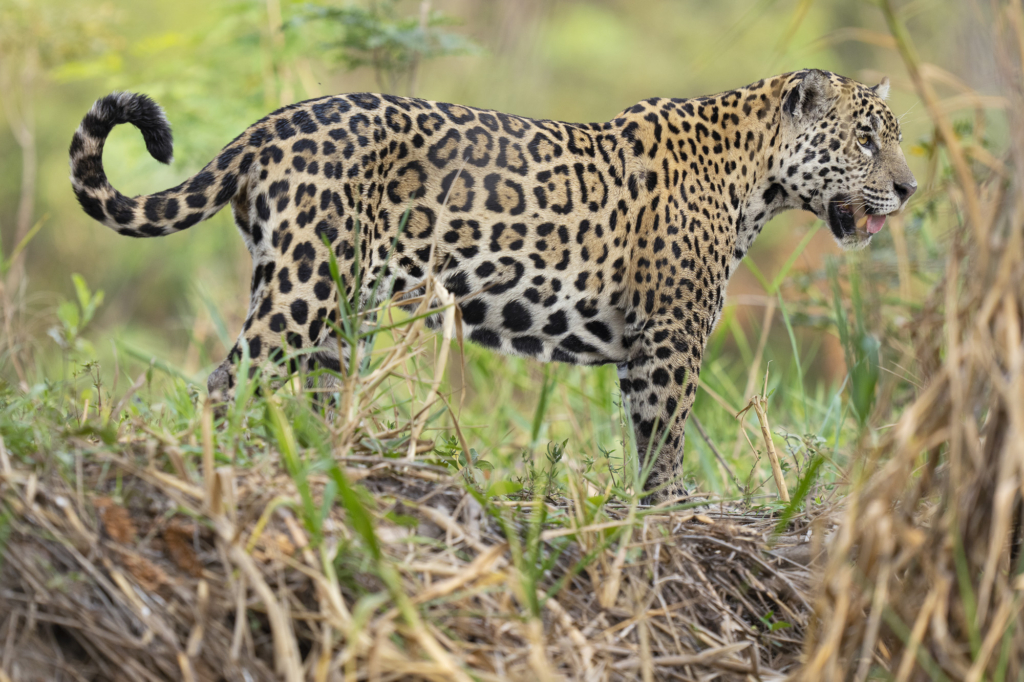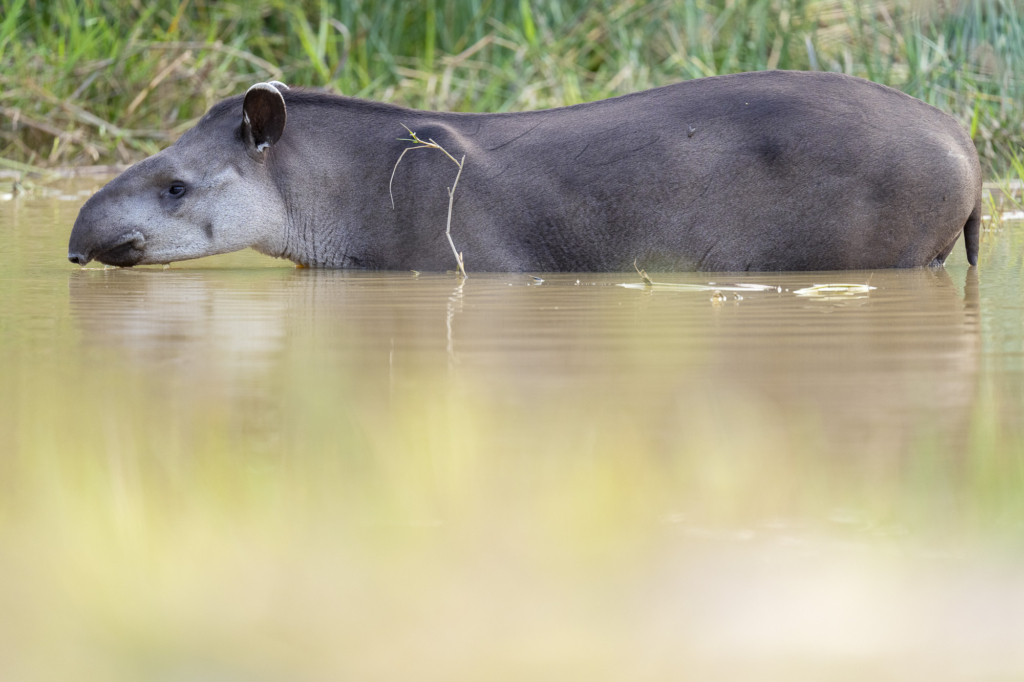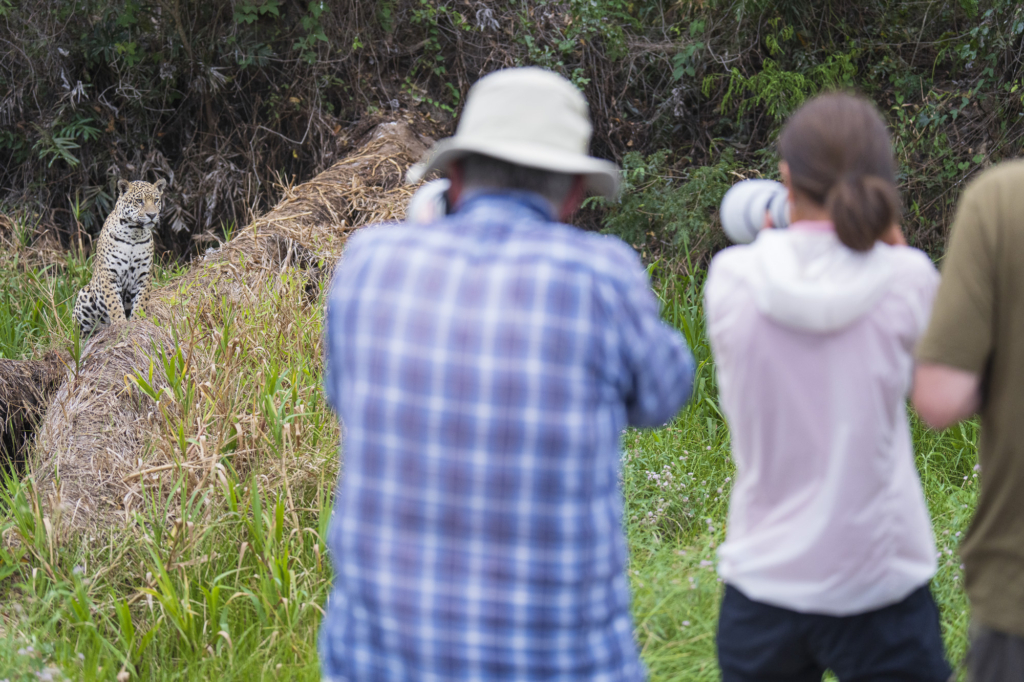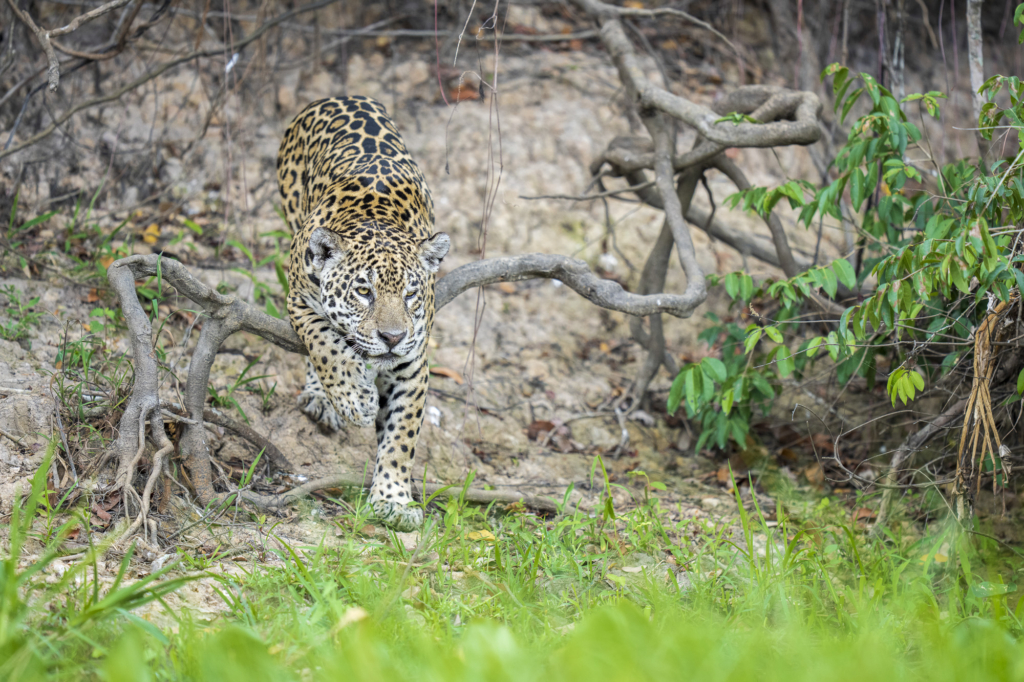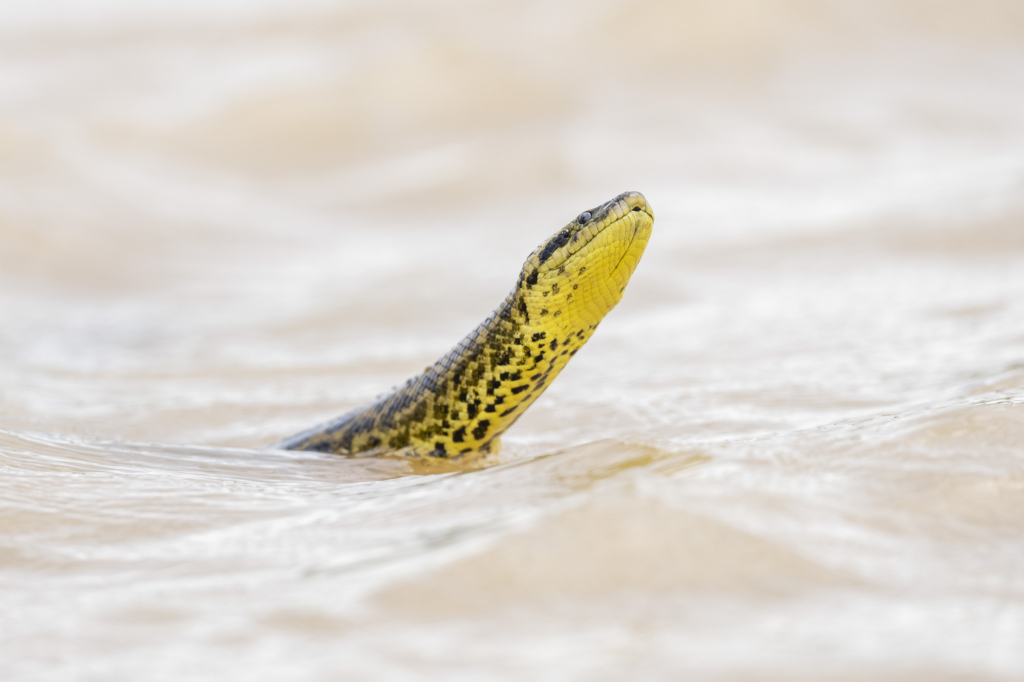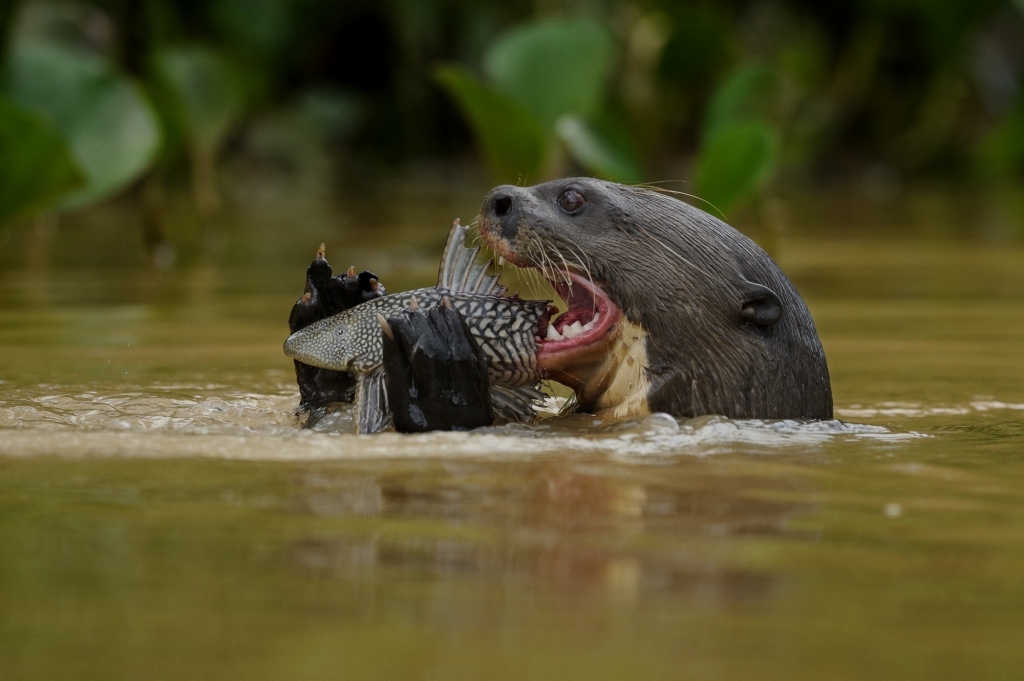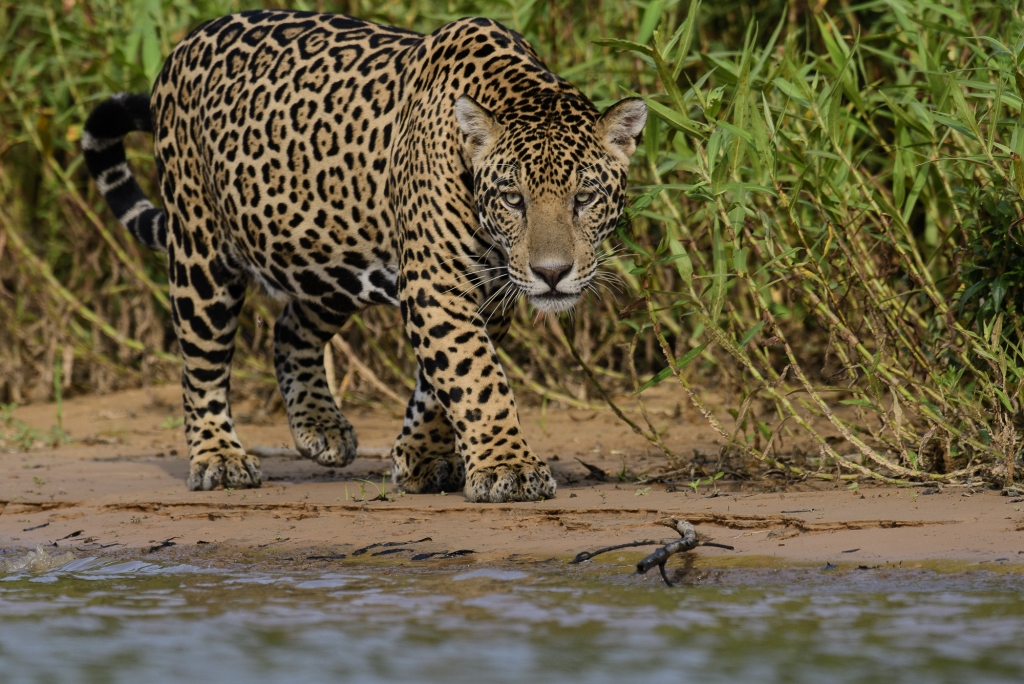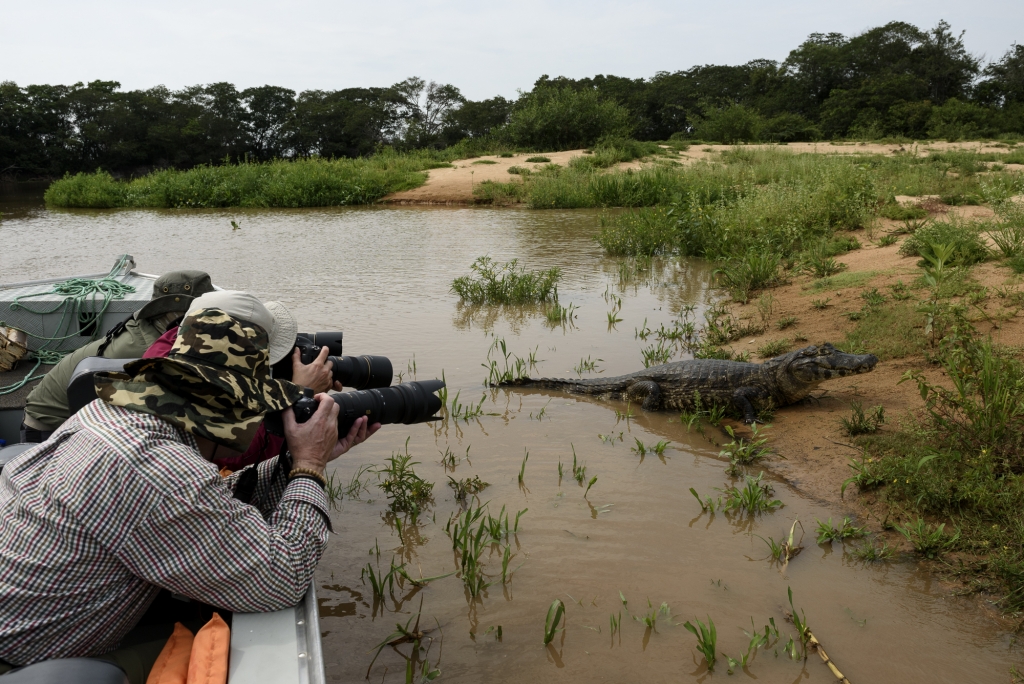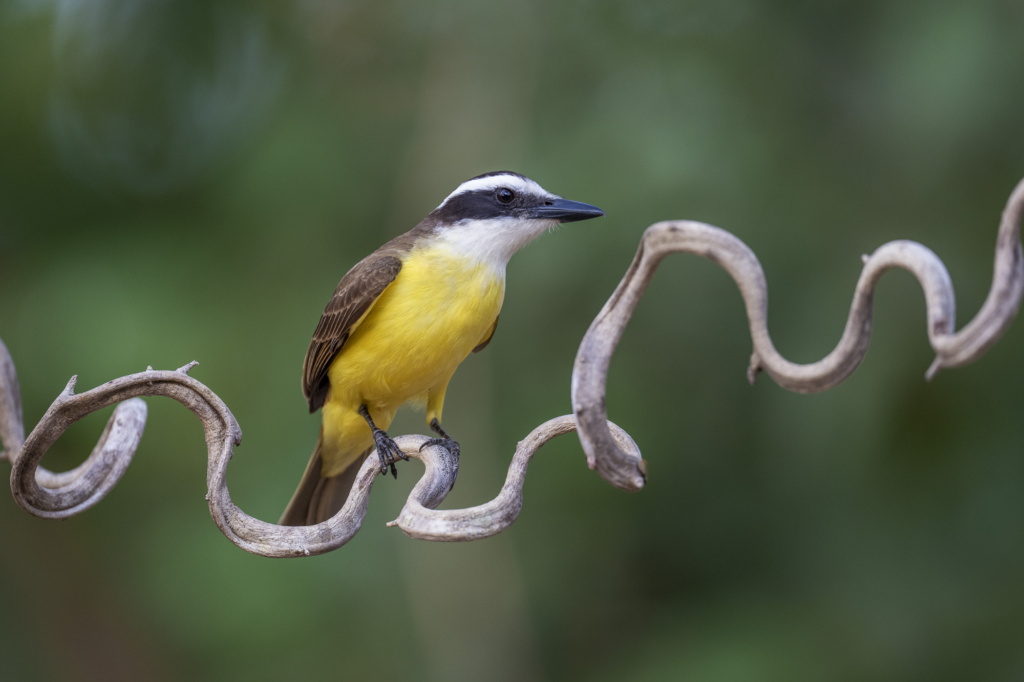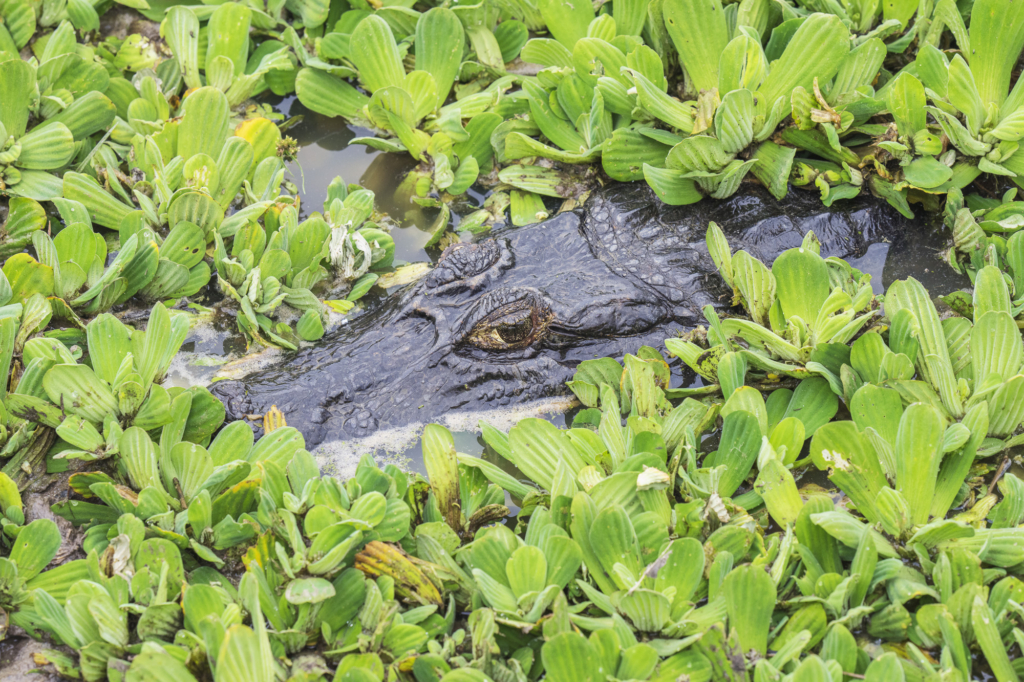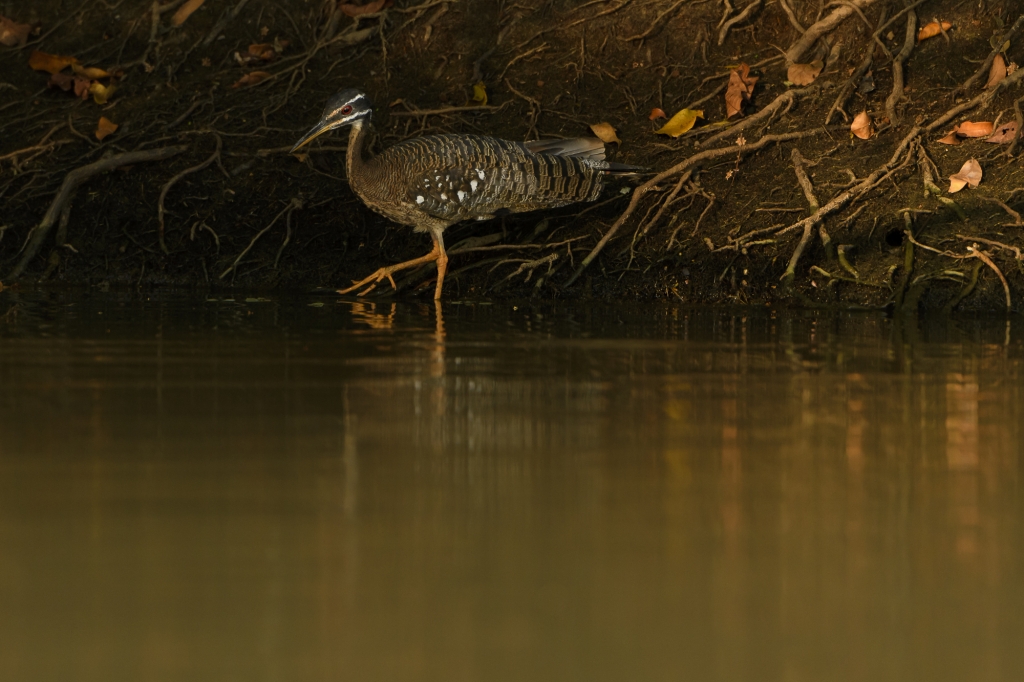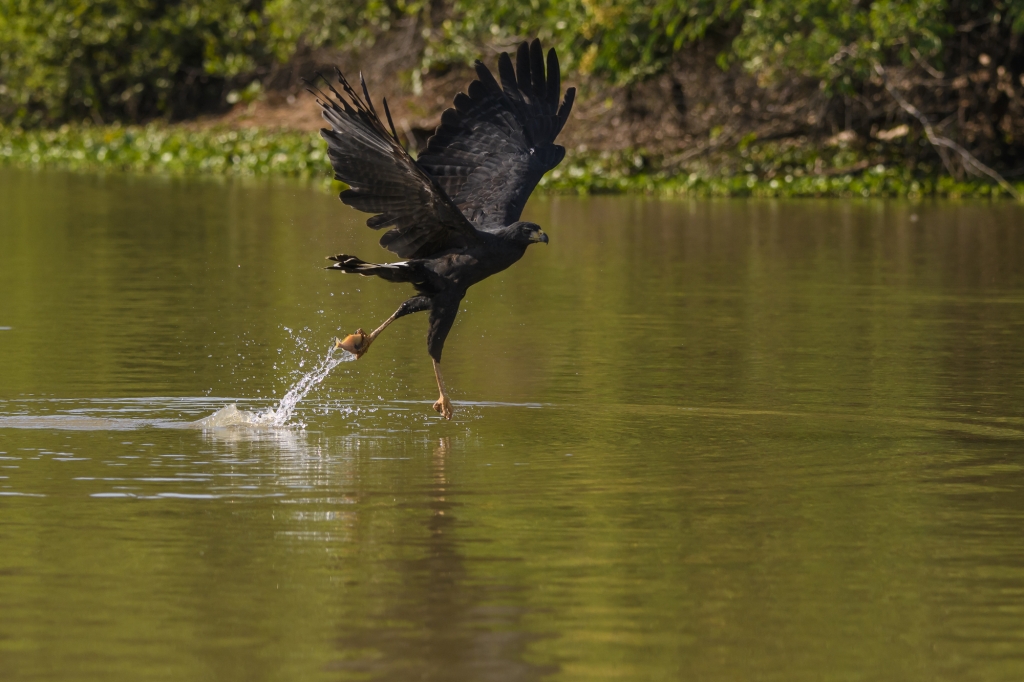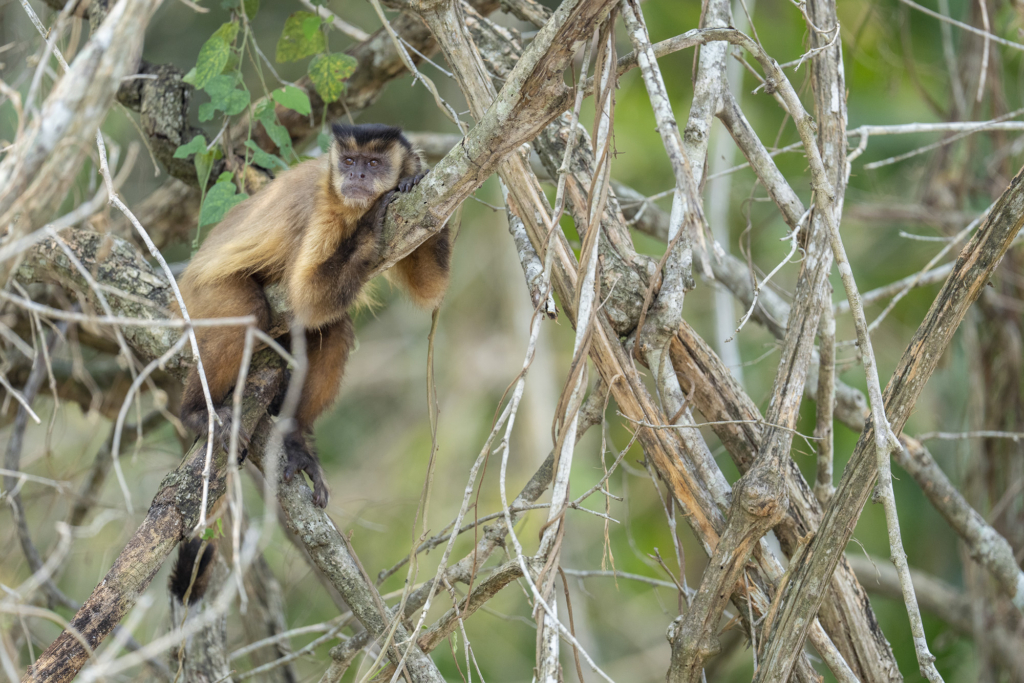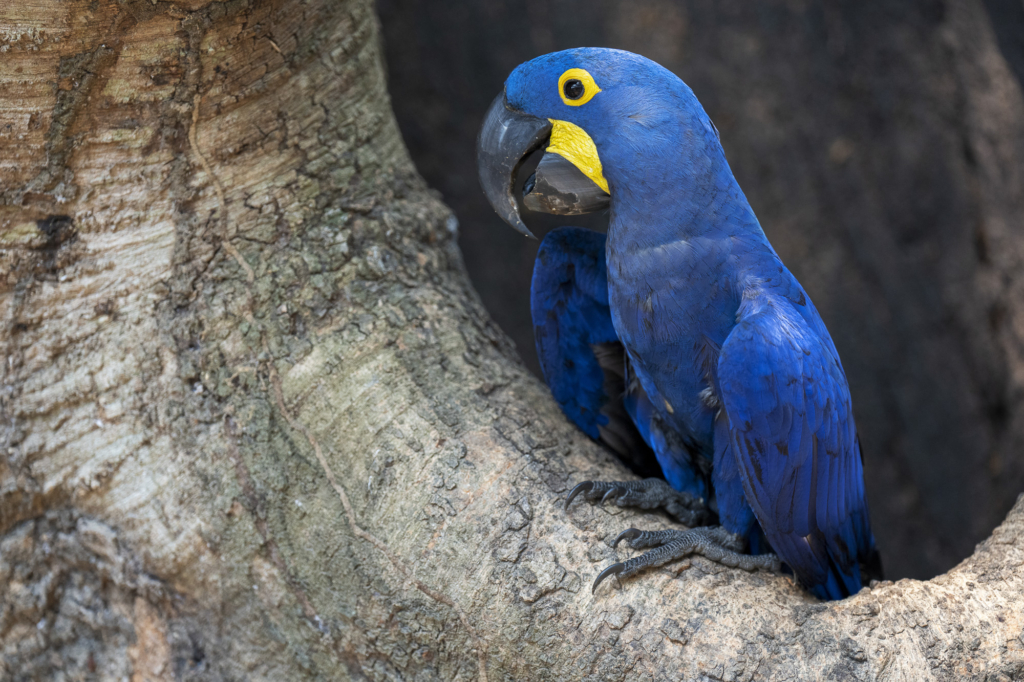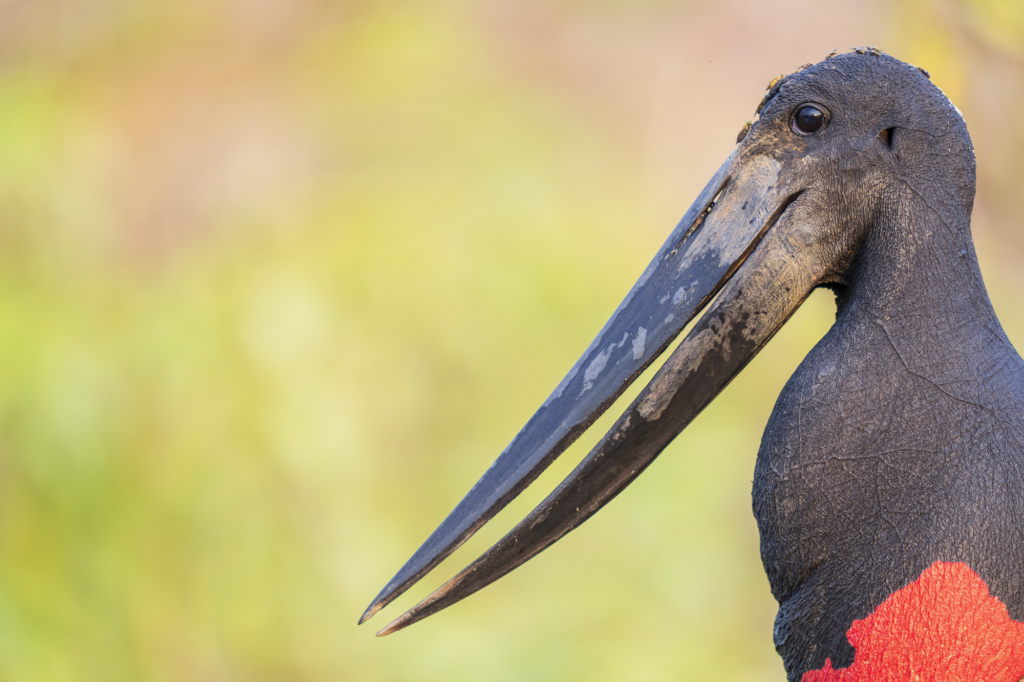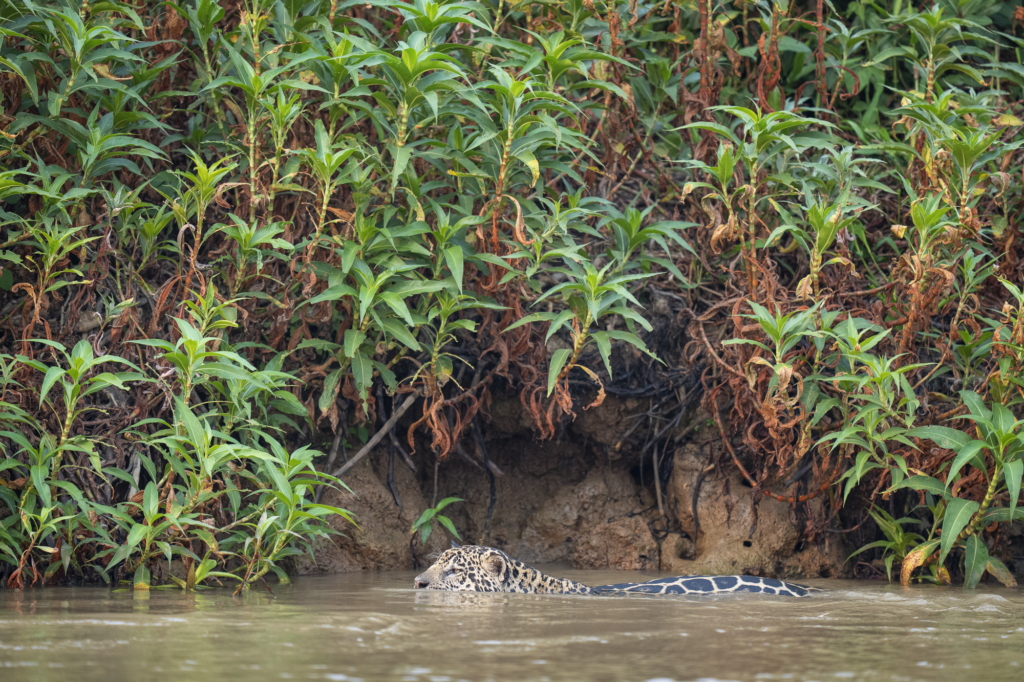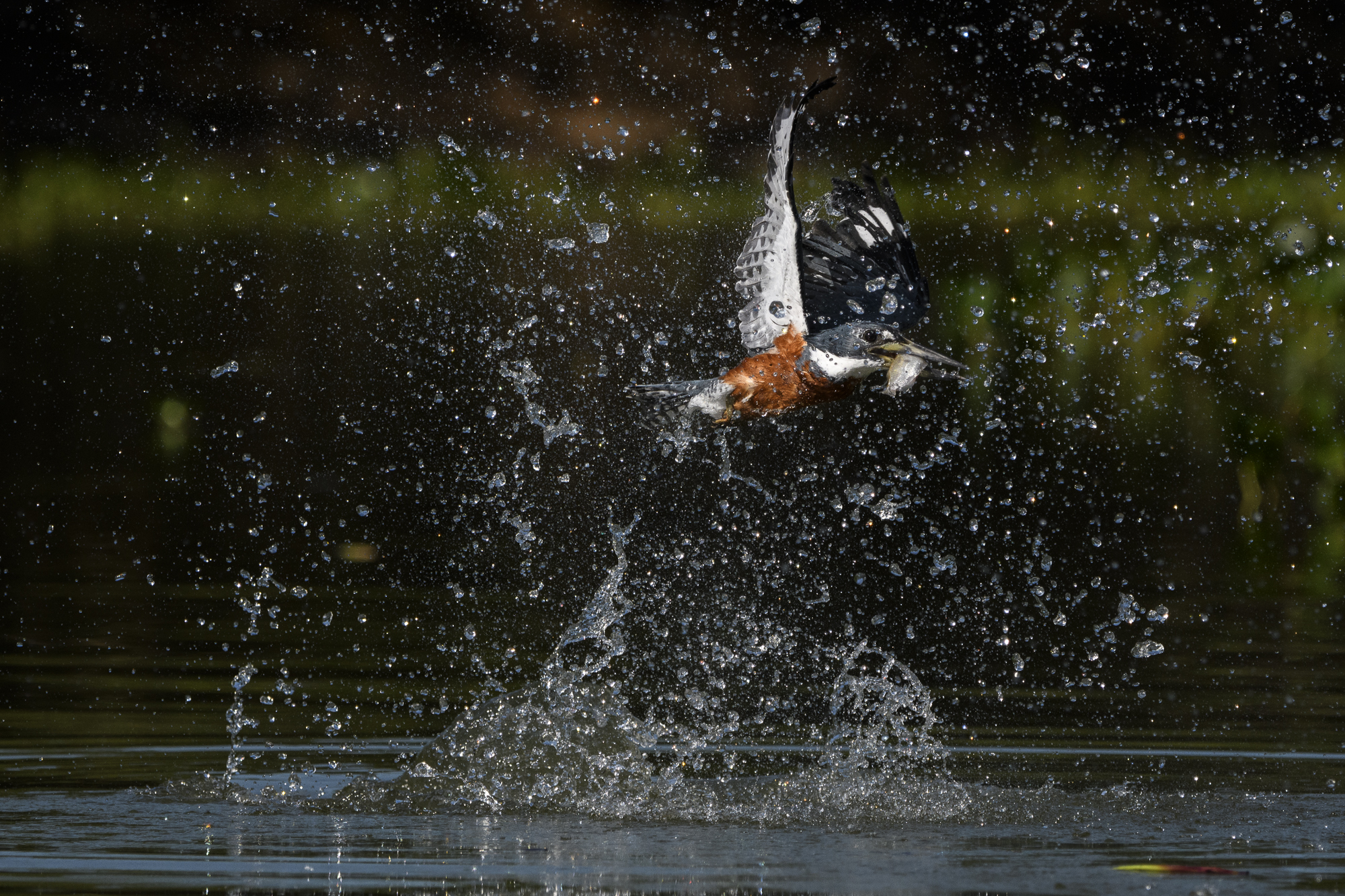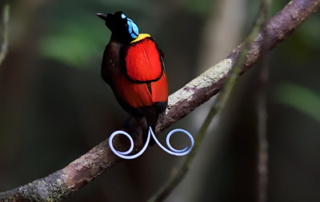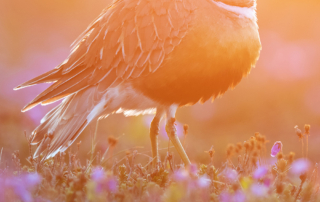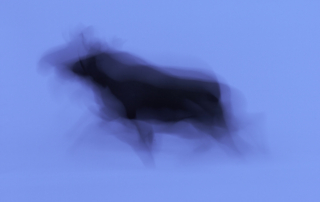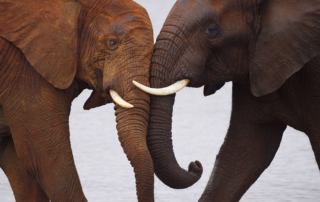EXTEND YOUR TOUR WITH – MACAWS AND ANTEATERS – SOUTH PANTANAL, BRAZIL 23rd – 27th SEPTEMBER 2024. READ MORE HERE…

PANTANAL
Pantanal is one of the World’s most biodiverse areas. It is often called the World’s largest wetland, spreading across hundreds of thousands of square kilometers in Brazil, eastern Bolivia and eastern Paraguay. Thanks to the high concentration of wildlife, high biodiversity and a number of varied habitats, Pantanal is really one of the natural wonders of the World. It hosts everything from Jaguars, Piranhas, Anacondas and Capybaras to Giant Otters, Caymans, Swamp deer and an amazing variety of birds. Pantanal is mainly open temporary wetland/savanna, with sparse gallery forests along the rivers and in higher parts. For several months, the Pantanal is almost completely flooded under meters of water. The rest of the year it is a lake-rich, dry savannah.
Wildlife is ever-present in Pantanal, with 405 species of fish, 600 bird species, 80 mammal species, 1100 butterflies and 50 reptile species. Threatened and endangered species such as Jaguars, Pumas, Giant Otters, Maned Wolf, Ocelot, Macaws, Tapirs and Giant Ant-eaters have all found a haven in the impenetrable wetlands.
WILDLIFE AND BIRDS
Whilst staying at lodges and traveling along the Transpantaneira road through the wilderness, we will be searching for interesting subjects to photograph. On the savannah we will be looking for mammals such as Capybaras, Tapirs and Coatis. Large numbers of Herons, Darters, Kingfishers and Jabirus gather in the wetlands. There we will also find thousands of Caymans. Lodge gardens and surroundings provide a plethora of photo opportunities. Here we find less shy species of birds and mammals. Rivers form the veins of the Pantanal, and there is lots to see and discover. On boat rides along the river Pixaim we will also be able to photograph fishing birds of prey and Kingfishers. Weather-permitting we will visit a lodge where the endangered Hyacinth Macaws are abundant. Rivers also give us many chances to come across Jaguars. They are normally pretty shy, but here they tend to come down to the rivers during the dry season to drink, hunt and rest, which usually gives us good chances to see and photograph these great animals. In order to make the best of our opportunities we will be staying on a floating hotel right in the middle of the Jaguar’s core area. During these five days we will make 10 boat safaris in search of Jaguars and other interesting subjects such as Giant otter, Tapir, Capybara and lots of birds to photograph. On each boat trip there will be only one photographer per seat row, to get the best possible photo opportunities.
The tour is planned in order for us to be able to focus on particular species at particular sites. The areas we have chosen to visit in northern Pantanal provide the best possible opportunities to photograph the characteristic species that occur here. Naturally, we will be able to photograph also much more than these main focus species.
During the tour, there will be photographic workshops, where we discuss techniques for the different types of photography we will be doing. We will also discuss composition and each other’s images, all in order to take your photography to the next level.
Itinerary
Travel day
Flights from Scandinavia to Brazil. As we have an early start on September 16, we recommend that you arrive in Cuiaba in the evening of September 15.
Day 1 (16/9) (Lunch – Dinner)
We meet up in Cuiabá at 09 in the morning. Transport to our lodge. Lunch on the way to the lodge. After lunch our first meeting with the fantastic game-rich Transpantaneira road. During the afternoon and late evening we go on safaris to look for the Pantanal’s spectacular wildlife.
Day 2 (17/9) (Breakfast – Lunch – Dinner)
The whole day is spent in the grounds in and around our lodge. Already at dawn we do our first safari. During the afternoon and evening/night additional safaris are made to look for the Pantanal’s spectacular wildlife. On the ranch where we live, the wildlife is unusually fearless, as they haven’t hunted there for over 25 years. Even when we are not on safari, there are great photo opportunities of especially birds in the immediate area around the lodge.
Day 3 (18/9) (Breakfast – Lunch – Dinner)
Early in the morning we leave the lodge and head towards Porto Jofre, where the whole journey is a safari and we will have many photo opportunities along the way. From Porto Jofre we take a boat on the Cuiabá River to our floating hotel. Here, in the middle of the jaguar’s core area, we will stay for four nights. Already this first afternoon, we go out in the boats to look for jaguars and anything else exciting that can be found along the river banks.
Day 4-6 (19-21/9) (Breakfast – Lunch – Dinner)
These three full days are spent on the Cuiabá River. Our main target is the jaguar. During the morning and afternoon we will actively, by boat, look for these shy cats along the river. We will also be able to photograph giant otters, caimans, birds and a range of other animals. We only make one break during the day for lunch and a short rest. During the evenings we will have lectures and workshops.
Day 7 (22/9) (Breakfast – Lunch – Dinner)
After an early breakfast, we leave the nice floating hotel by boat on the Cuiabá river and then start the journey back along the Transpantanerian, to the next lodge. There, during the afternoon, we take a boat trip on the Pixaim river to look for exciting subjects to photograph. We keep our eyes open for kingfishers, beautiful herons, storks and birds of prey.
Day 8 (23/9) (Breakfast – Lunch)
In the morning another boat trip on the Pixaim river to continue choosing and choosing among the many exciting motifs. We enjoy the abundance of kingfishers, herons and birds of prey. Maybe we meet the mythical and beautiful agami heron?
After lunch we go towards Cuiaba. For those who do not join the extended journey to anteaters, armadillos and macaw colonies, the journey home towards Scandinavia begins again.
More information
Photographic leader
Staffan Widstrand, born in 1959 is a photographer and writer. Sony Imaging Ambassador.
Staffan is one of Sweden’s internationally most recognized photographers. In 2011, Outdoor Photography Magazine called him ”one of the most influential photographers in the world”. Appointed ”Wildlife photographer of the year” in Sweden and a winner of international photo competitions, such as:
Wildlife Photographer of the Year
European Nature Photographer of the Year
Emirates Wildlife Photographer of the Year
Årets Bild i Sverige
PGB Awards
Staffan has been on the jury of several international photo competitions and was one of the main jury members in World Press Photo 2013.
Published in most of the major magazines in the world, such as National Geographic Magazine, GEO, Stern, Der Spiegel, Le Figaro, La Repubblica, El Mundo, El País, Natur, Terre Sauvage, Animan, Veja Brazil, The Guardian, The Sunday Times, FOCUS, Yomiuri Shimbun och Shanghaibaserade The Bund Pictorial.
Staffan has had international solo or group exhibitions in Toronto, at the Swedish Embassy in Tokyo, at Tromsø Museum, at Bodø Museum, at the Kunst-und Ausstellungshalle in Bonn, Oslo City Hall, Finlandia Hall in Helsinki, the Swedish Embassy in Washington, in Mérida, Mexico, in Mexico City, in Salamanca, Spain, at the National Zoological Museum in Beijing, in Chengdu, Tianjin, Shanghai and Shenzhen, China, at the National Museum of Wildlife Art in Jackson Hole, the museum of Torino, Italy as well as major outdoor exhibitions in The Hague, Prague, Berlin, Madrid, Copenhagen and Stockholm. In Sweden, he has had exhibits at Kulturhuset in Stockholm, the regional museums in Kristianstad, Luleå and Malmö, at Fotomässan in Gothenburg and in Stockholm, as well as at the Skansen, Kolmården and Borås Zoos, at Hornborgasjöns Konsthall and at Bränneriet Art in Österlen.
Staffan has published 18 books, four of which have been winners of the WWF Panda book award.
A picture editor at Natur & Kultur publishers in Stockholm for 5 years, a nature tour guide and tour production manager all across the world for many years. Appointed as Visiting Professor at the Beijing Ministry of Culture Old University, and he is also one of the founders of a possible ”Wild Wonders of China” initiative.
Staffan is a member of the Swedish Nature Photographers Association (Naturfotograferna/N)
Website: www.staffanwidstrand.se
www.wild-wonders.com
www.rewildingeurope.com
www.wildwondersofchina.com




